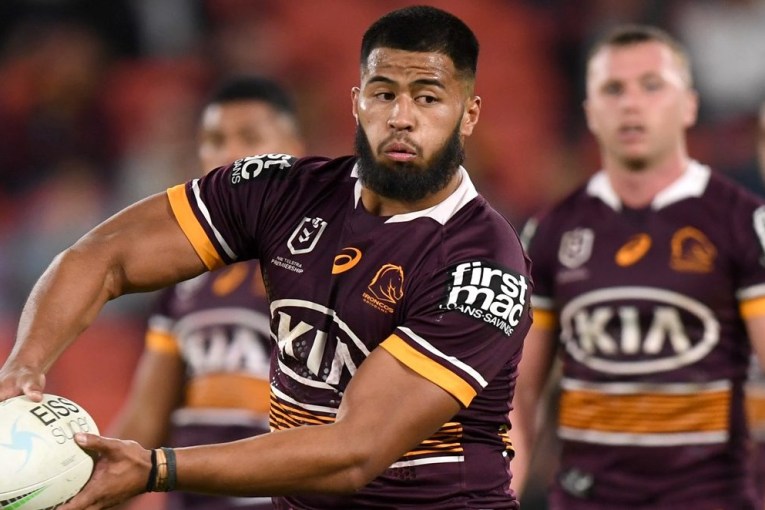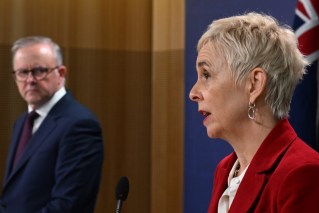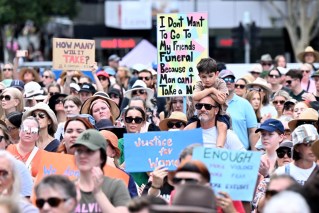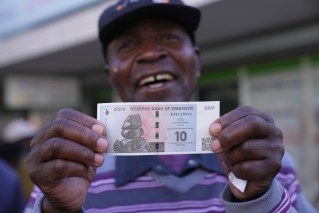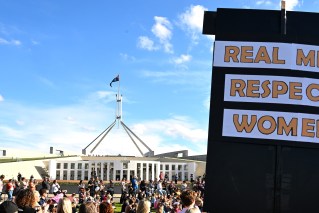Side hustles surge as cost of living lifts but savers finally getting some love
Australians are picking up side hustles in record numbers, with around 900,000 people working more than one job in the June quarter.
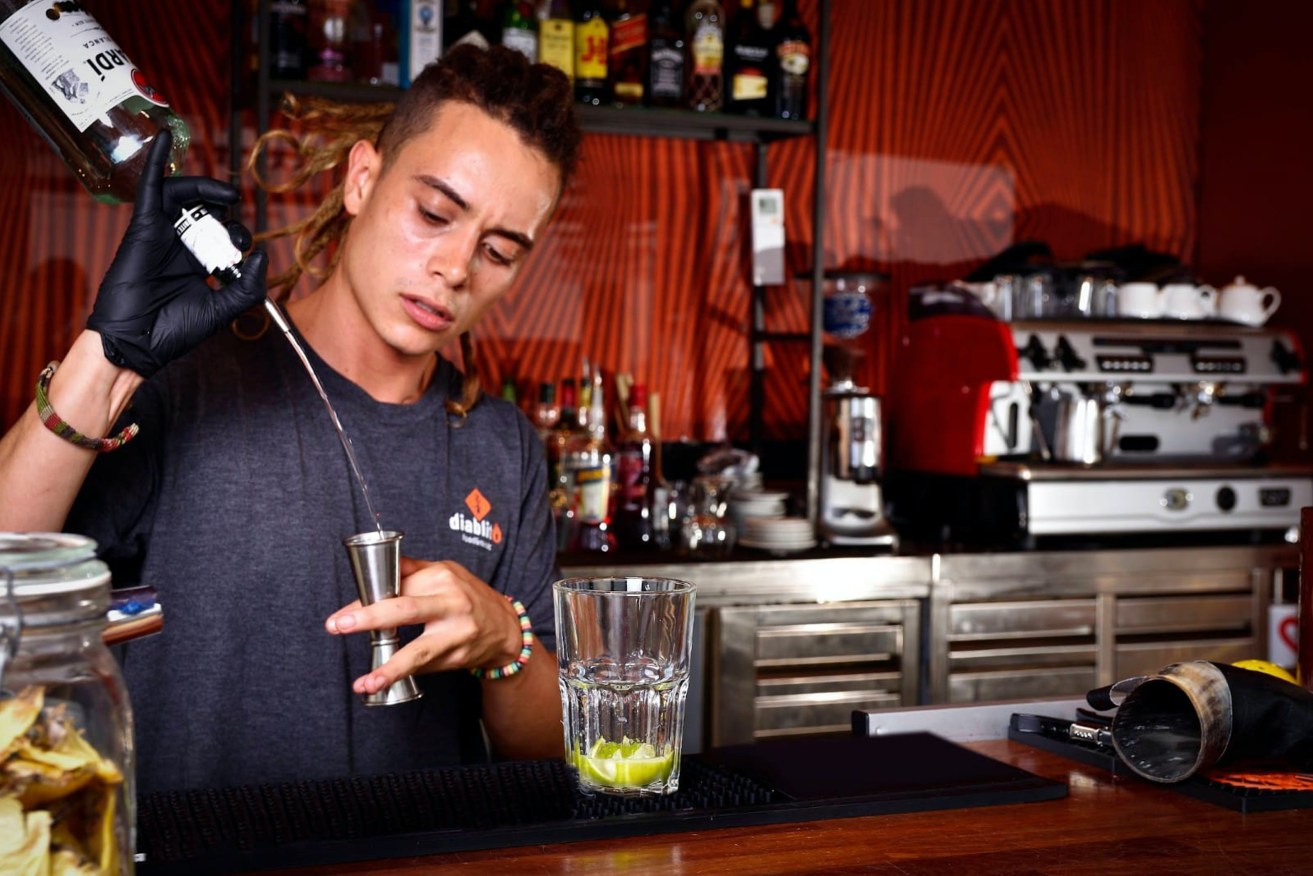
This means 6.5 per cent of the working population held multiple jobs last quarter.
“This is the highest rate since the quarterly series commenced in 1994, and about 0.5 percentage points above its pre-pandemic level,” Australian Bureau of Statistics head of labour statistics Lauren Ford said.
Australian Council of Trade Unions head Sally McManus said people had no other choice but to work multiple jobs to cover their bills.
Household budgets have taken a hit from rising living expenses, with headline inflation reaching 6.1 per cent in the June quarter.
“This is at a time when profits for our biggest businesses keep climbing and labour productivity is at the highest level in a decade,” McManus said.
“This just shows the need to update our workplace laws so wages move again.”
The ultra-competitive labour market was also reflected in the quarter’s labour statistics, with filled jobs increasing by 2.2 per cent and vacant jobs lifting by 3.1 per cent.
Hours worked also lifted 2.9 per cent for the quarter after the workforce was knocked around by Covid-19 and flooding in the March quarter.
NAB economist Alan Oster said higher interest rates would eventually start to eat into disposable income and force households to rein in spending.
“While this is not likely to bite until late 2022, 2023 is likely to be a slower year for consumers and therefore the retail sector,” Oster said.
Rising interest rates might be hurting mortgage holders but it also means savers are finally getting decent interest rates.
When the Reserve Bank of Australia first started hiking interest rates in May, banks were typically quick to pass on higher interest rates to mortgage holders but more reluctant to do the same for savers.
However, RateCity research director Sally Tindall said some banks were now actively chasing savers.
With mortgage funding costs growing due to the rising official cash rate, Tindall said deposits by savers were becoming an increasingly important part of the funding mix.
“That’s why the lowest rate home loan providers are now primarily banks, rather than the non-bank lenders we’ve grown used to,” she said.
“The good news is savers are back to being a sought-after commodity after years of lousy returns, but they’ll still need to shop around if they want to get the best deals.”
Market leaders are offering interest rates as high as 3.60 per cent for savers.
But Tindall said some banks were still picking and choosing which savings accounts to apply higher interest rates to, or were not lifting rates at all.
All of the big four banks lifted rates by the full 0.50 per cent for variable mortgage customers following the September cash rate decision, but National Australia Bank and ANZ are yet to announce higher interest rates across any of their savings accounts.
Commonwealth Bank and Westpac have so far passed on a higher interest rate to some savings accounts, but not others.
